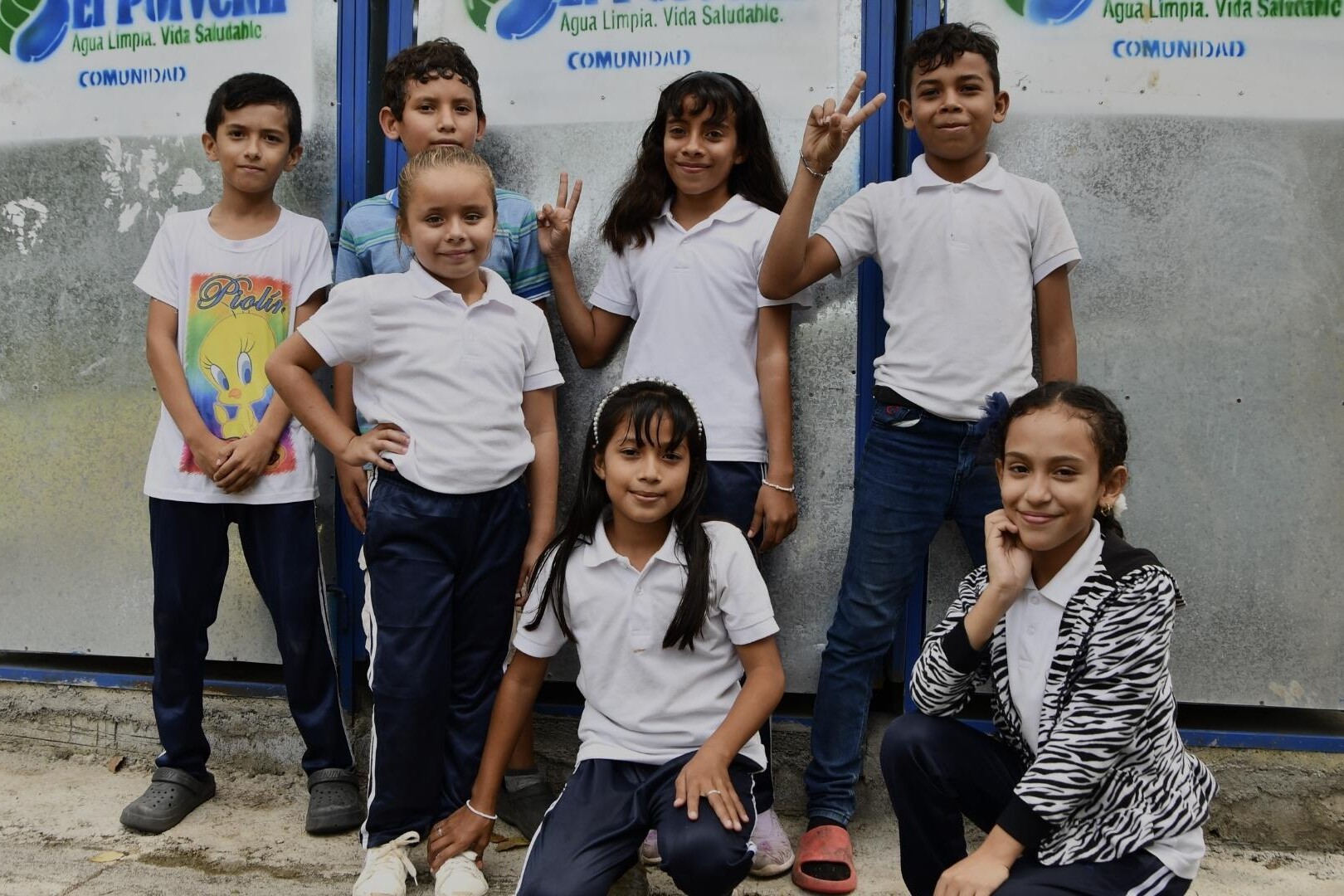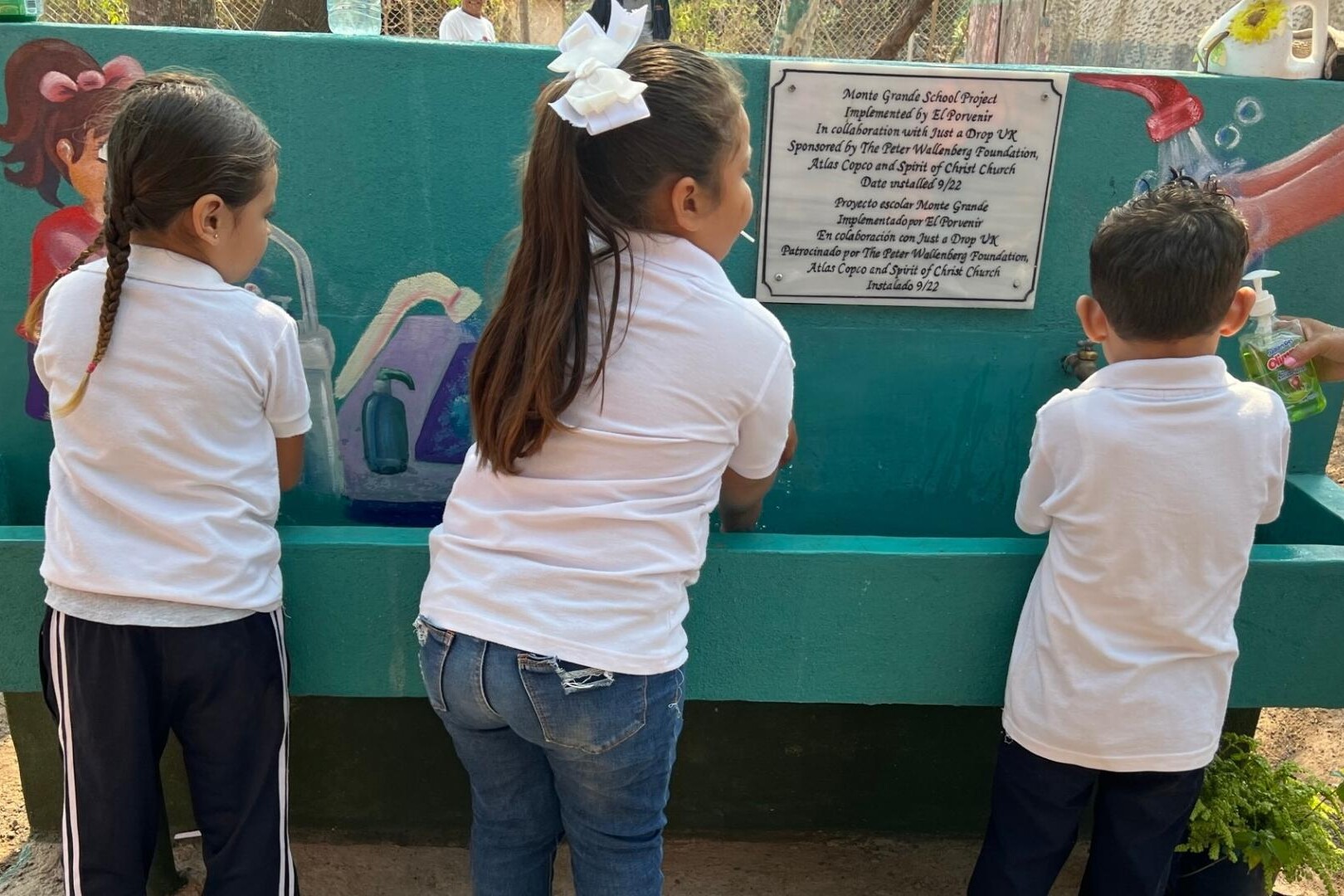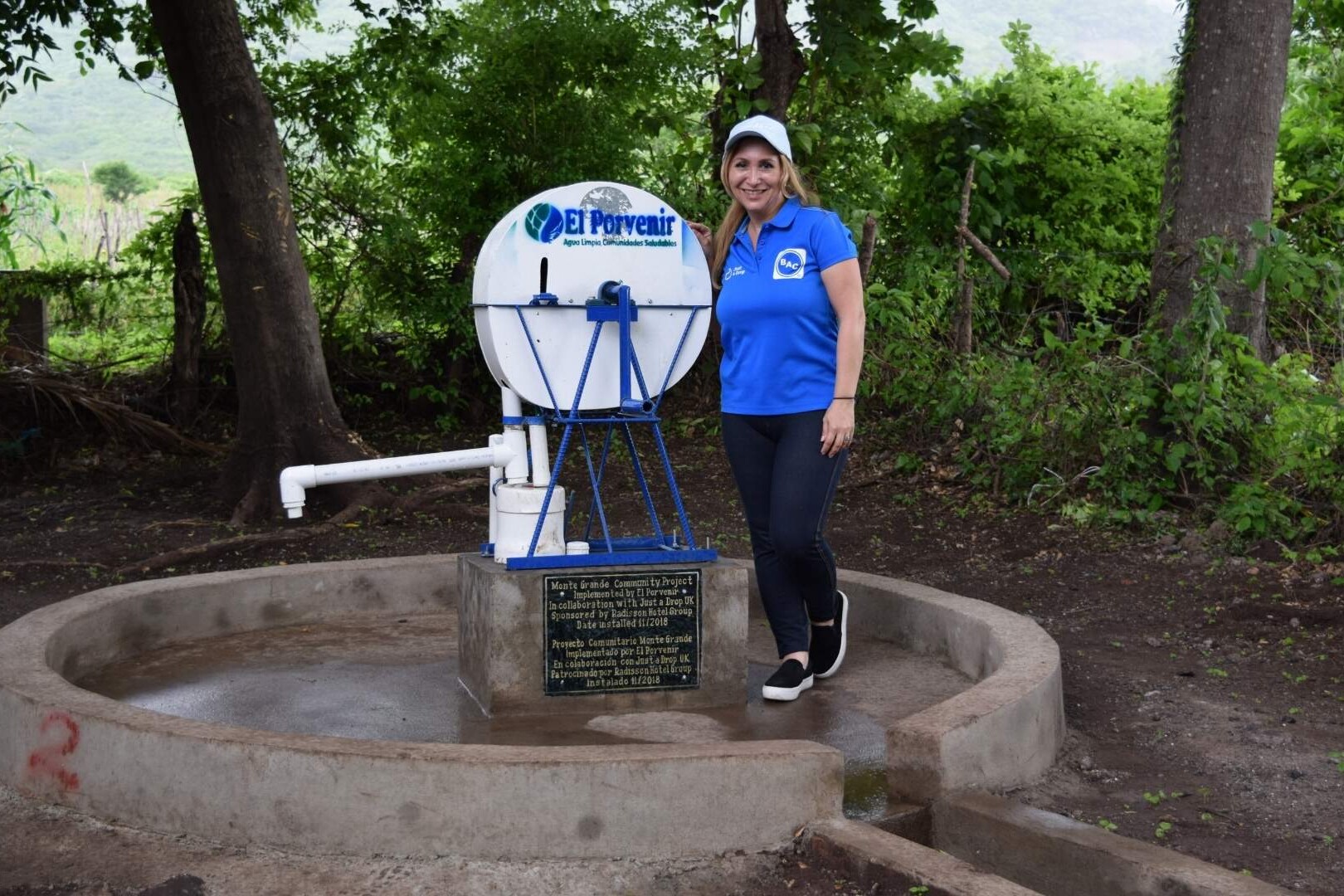19
%
of the population of Nicaragua don’t have access to safe water, that’s 1.28 million people.
27
%
of the population of Nicaragua don’t have access to sanitation, that’s 1.8 million people.
27
%
of the population of Nicaragua don’t have access to basic hygiene facilities, that’s 1.8 million people.

Our Work in Nicaragua
In Nicaragua we support marginalised, hard to reach communities with access to safe water, sanitation, and hygiene, often delivering safe water straight to people’s homes.
In the drought-prone areas we work in, we construct water distribution systems which bring water directly to households, via taps. These work by piping water from a safe water source to a pump house in a raised area, and gravity does the rest.
We also support schools with latrines and hygiene training, meaning that children can get more from their education as they are less often sick and unable to attend.
Another key part of our work in Nicaragua is our maintenance of ‘watersheds’. Watersheds are natural areas of high land that hold water before it flows into rivers, seas, or basins. By conserving these natural areas, they store more underground water, meaning that communities can use them as safe water sources. This also creates richer, more fertile soil, helping communities to grow food and crops to feed their families or for sale.

Nicaragua Background
Nicaragua is a country of 6.82 million people and is one of the poorest countries in Latin America, with 24.9% of the population living below the poverty line.
The country has a history of dictatorship and civil war. The 1979 revolution was followed by a decade of bitter conflict and a devastating trade embargo, which claimed the lives of 30,000 people and brought the economy to the point of collapse. Significant progress towards reconciliation has been made since 1990. However, although Nicaragua is water-rich, water accessibility and efficiency is poor due to the widespread destruction of much of the country’s infrastructure during this period.
Nicaragua is prone to natural disasters, and has been severely affected by earthquakes, hurricanes, volcanoes, floods, tsunamis and drought. The country has lost 49% of its forest in 50 years, and has seen land consolidated into huge plantations, dispossessing small farmers and depleting the land of nutrients, and contaminating both land and water with pesticides.
